When comes to choosing a baby change table, safety of course paramount. Parents in Australia are advised by these standards to make sure that the items of furniture in the nursery are suited to their needs and are safe and reliable. Knowing these standards can help parents make informed choices and ensure their baby’s safety during changing times.
Australian Safety Standards for Baby Change Tables
In Australia, baby change tables must adhere to the AS/NZS 4935:2009 survey. This standard prescribes how change tables may be made and the discharge and safety performances. Here you need to know about these standards: Here’s what you need to know about these standards:
Structural Integrity
– Sturdiness:Change tables must be stable and robust. They should not tip over easily, even when a baby is placed off-center.
– Materials:High quality materials that are durable and can withstand the weight and movements of a baby are essential.
Safety Features
– Guard Rails:Change tables to have raised edges or guard rails on all four sides of the changing surface to prevent babies from rolling off.
– NonToxic Finishes:All materials used, including paints and finishes, must non-toxic and safe for infants.
Dimensions
– Height:The height of the change table should be convenient for parents to use without straining their backs. The standard does not specify an exact height but emphasizes ergonomic design.
– Changing Surface:The changing surface must be large enough to accommodate the baby comfortably. The minimum recommended size is around 800 mm x 480 mm.
Stability and Load Testing
– Weight Capacity:Change tables must support a minimum weight to ensure they can handle the baby’s weight and the force applied during changing. Typically, they should withstand at least 15 kg.
– Load Testing:Change tables undergo rigorous load testing to simulate real-life usage and ensure they do not collapse or become unstable under pressure.
Assembly and Instructions
– Clear Instructions:Manufacturers must provide clear assembly instructions to ensure the change table is put together correctly and safely.
– Safety Warnings:Proper warnings and usage instructions should be included to educate parents on the correct and safe use of the change table.
Popular Baby Change Tables Meeting Australian Standards
Here are a few popular models that meet these standards and are loved by Australian parents:
Boor 3 Drawer Chest and Change Table
– Compliance:Meets AS/NZS 4935:2009 standards
– Features:Solid wood construction, three spacious drawers, guard rails, non-toxic finishes.
Baby let Hudson 3-Drawer Changer Dresser
– Compliance:Meets safety and structural standards
– Features:Sustainable materials, anti-tip kit, non-toxic finish, guard rails.
IKEA SNIGLAR Changing Table
– Compliance:Adheres to required standards
– Features:Solid beechwood, stable design, guard rails, customizable storage.
Tasman Eco Valencia 3 Drawer Chest
– Compliance:Meets all safety and construction standards
– Features:Plantation timber, non-toxic finishes, secure changing tray, large drawers.
Stoke Home Dresser with Changing Table
– Compliance:Compliant with AS/NZS standards
– Features:Beechwood, soft-closing drawers, safety features, modular design.
Conclusion
The Australian standard for baby change tables indicates that you need to maintain it for the health and safety of your baby. When choosing a change table, avoid the forming of tables with weak designs that may be prone to breaking or materials that may be harmful to your baby. Due to multiple compliance options, there are a significant number of change tables that are up to these strict standards and a style or price that will work for any parent.
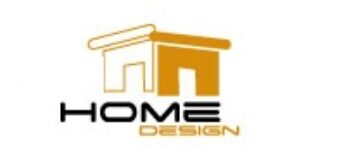

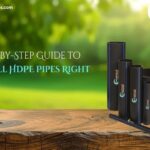

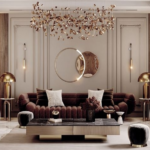


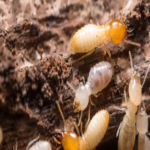
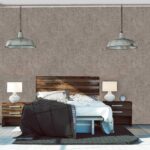
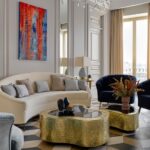
Leave a Reply
You must be logged in to post a comment.